Introduction
In our previous articles, we have seen that impulsive waves have construction rules. However, some rules, or principles, allow the wave analyst to validate or confirm each guideline. These rules are divided into two groups, which we will detail in this educational article.
First Rule – Validation of the Trend Line 2-4
This rule will apply once the impulsive pattern ends. The wave analyst must trace the trendline joining the end of waves 2 and 4. Then, the impulsive wave will be confirmed if the price action pierces the trendline 2-4 in the same or less proportion of time it took to form wave 5.
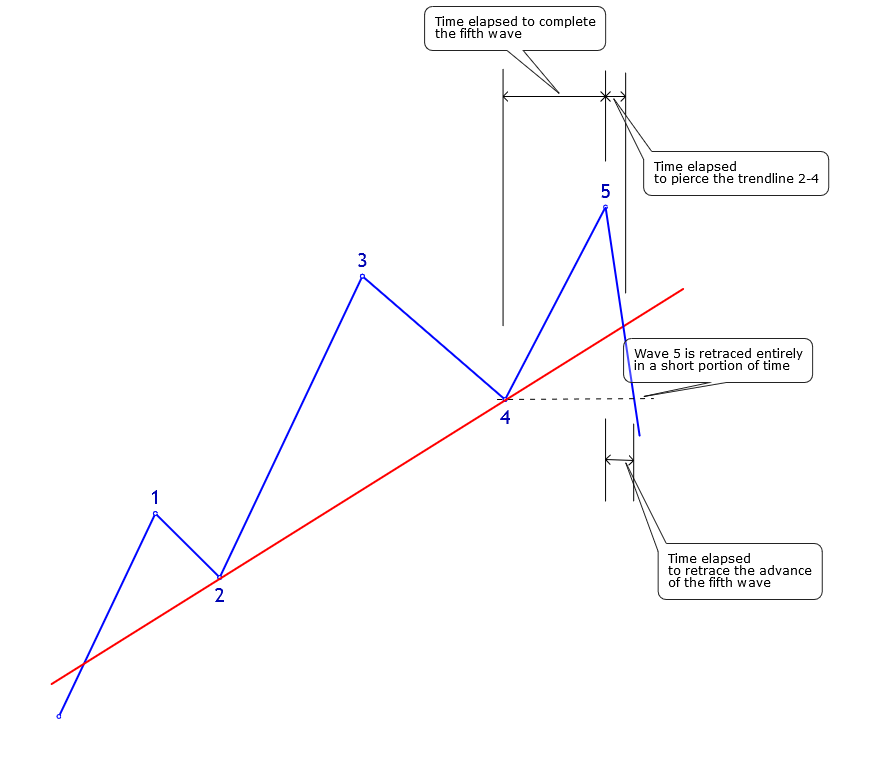
In case the fifth wave takes longer, the price develops a terminal structure or wave 4 that has not still ended, another possibility is the wave analyzed does not correspond to an impulsive formation, but to a corrective wave.
Second Rule – Retracement from the fifth wave
Within an impulsive wave, the wave analyst must recognize which the extended segment is. Depending on this factor, it will be possible to determine the level at which the price could fall, determined by the wave 2 and 4 price range within the momentum structure.
First Wave Extension
In this case, the retracement should go to the end of wave 4. However, if the price extends its retracement beyond the end of wave 4, then the impulsive wave will end up with a larger correction in terms of price and time.
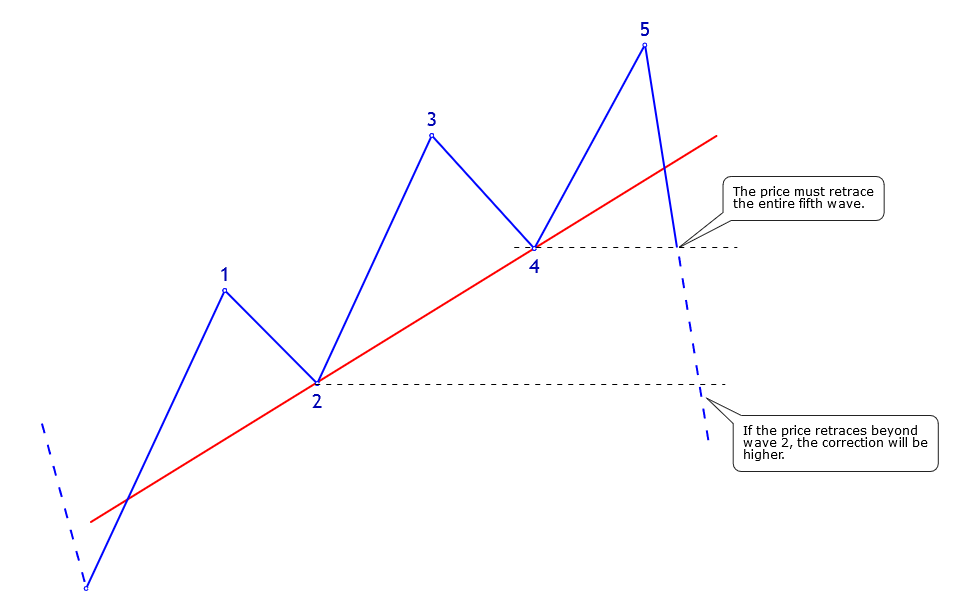
Third Wave Extension
The price has to return to the fourth wave area of the impulsive pattern and will generally finish near the end of that wave. If the retracement comprises more than 61.8% of the complete motive sequence, then the third wave would involve a higher degree impulse wave completion.
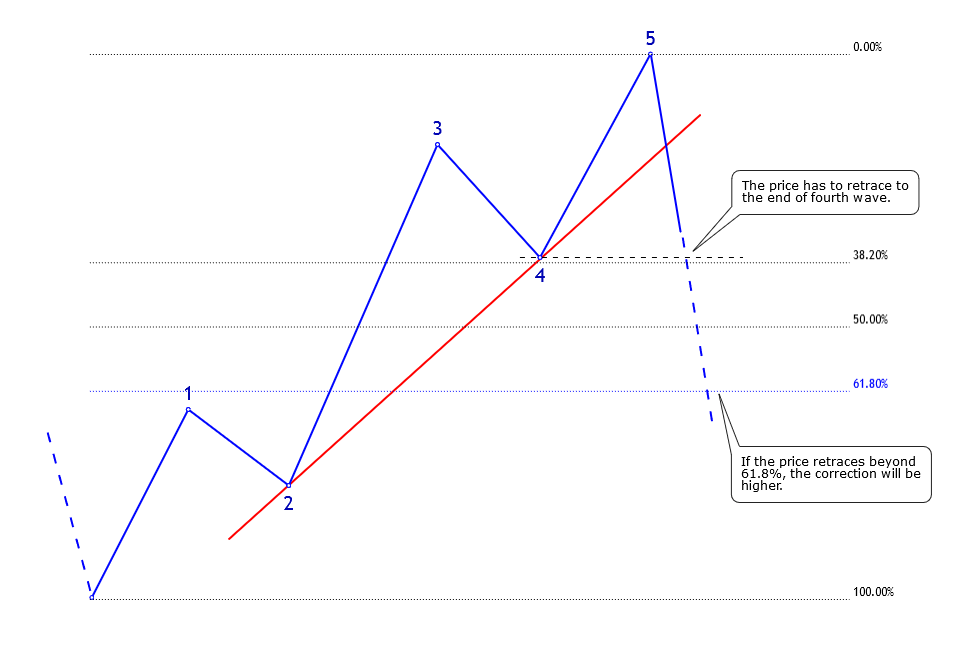
Fifth Wave Extension
When the extension appears in the fifth wave, the price should reverse at least 61.8% of that wave, although it might not retrace the complete wave. If the price retraces the complete progression of the fifth wave, then the retracement would complete a higher degree pattern.
In this case, the following could happen:
- The fifth wave extension pattern is part of a higher degree impulse, which is also a fifth wave extension, or
- The extension of the fifth wave is a wave C of a flat pattern or a zigzag.
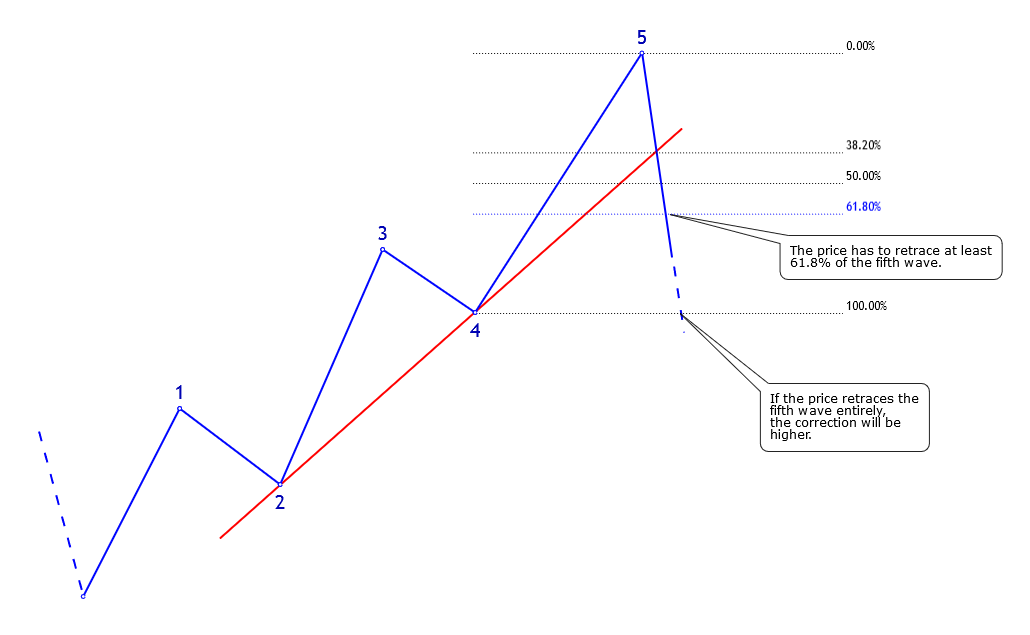
Fifth Wave Failure
A fifth wave failure occurs when wave 5 of an impulsive sequence is shorter than wave 4 high. It generally occurs when the opposing trend is stronger than the initial impulsive movement trend. Consequently, if the wave analyst detects this type of failure, it should notice that the movement following the fifth wave is highly likely to reverse the forward movement of the impulsive movement completely.
On the other hand, if the motive movement was bullish, there should not be further highs until the price has fully retraced the impulsive bullish sequence. This affirmation is analogous if the impulse is bearish.
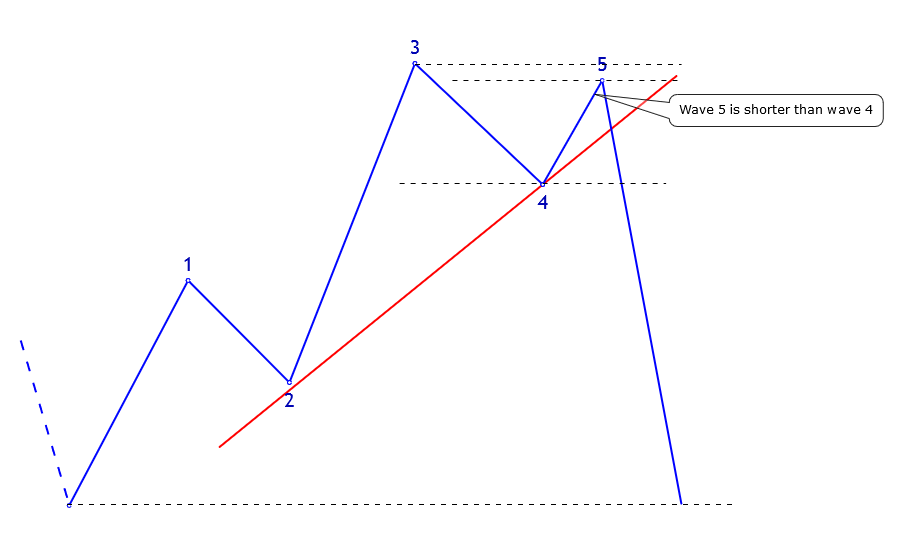
Conclusions
In this educational article, we have seen how to validate an impulsive sequence in terms of its correction. Also, we commented on the potential of the next path, respecting the fifth wave retracement and what is the extended wave in the impulsive sequence.
Likewise, we have seen the case of the failure in a fifth impulsive wave and what will be the impact in the next movement.
In the next educational article, we will see the process of validation of corrective structures.
Suggested Readings
- Neely, G.; Mastering Elliott Wave: Presenting the Neely Method; Windsor Books; 2nd Edition (1990).


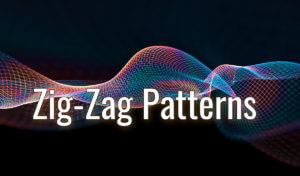
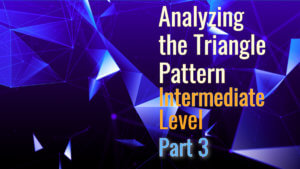
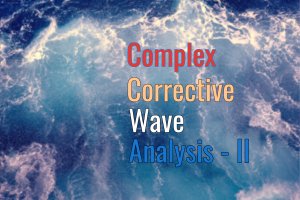
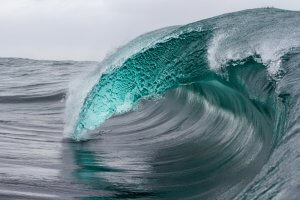
2 replies on “Validation Rules on Impulsive Waves – Intermediate Level”
hello,
the retracement of an impulse wave in this post, which is a corrective wave (A – B – C) or only wave A of the corrective wave???
my English is not good, sorry
The retracement of an impulsive wave in this post corresponds to the first segment of a corrective wave. In other words, it corresponds to wave A.